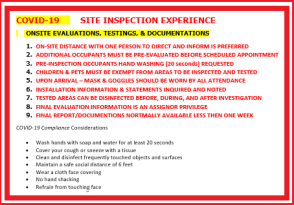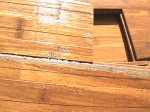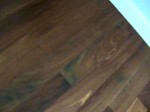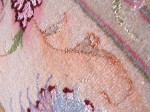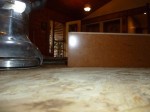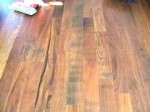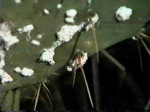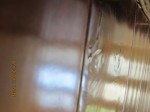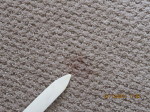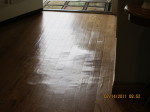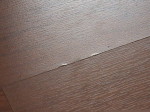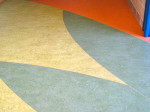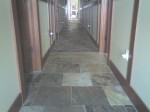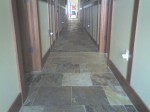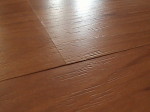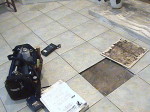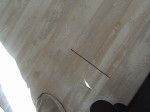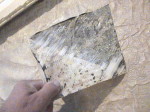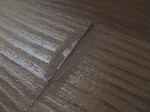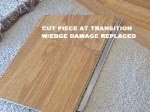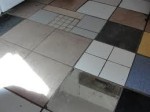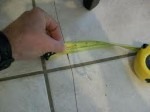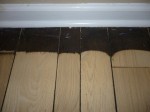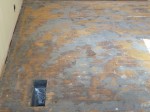Welcome
FORMALDEHYDE Testing Services Available
Establish where the source is located and how much is permeating the air in New Homes / Older Homes-Remodels / Office Buildings / Warehouses / Storage Containers / Manufacturing Facilities / Hospitals
LOW COST
THE FOLLOWING VIDEO INVOLVING LUMBER LIQUIDATORS DOES NOT EXCLUDE ANY OTHER RETAILER OF LAMINATE PLANK FLOORING FROM THE SAME ISSUE: http://www.nbcnews.com/nightly-news/video/could-flooring-from-lumber-liquidators-be-toxic--406934595983 On site formaldehyde testing with Certified Meter All Laminate flooring & Composite Building Materials as well as their Environment Most important for persons with unknown causes of nasal, skin, throat, eye irritations, enema, asthma, allergies, pulmonary issues, headache, breathing, nausea, discomfort breathing, chronic coughing and, or chemical sensitivities. Inspection Report includes: Color Photos, Standards, and Recommendations. Call 714 719-5023
Usual onsite evaluation is best done after the home or structure has been shut up overnight and, or for a ample length of time. Air samples in all relative rooms in the home are taken and recorded. Metering of all available composite materials, like kitchen cabinets etc., are also included in the list of ppm readings. I meter directly to, or on laminate materials, and any other composite, or laminated materials in the home. Even floor surface coatings, cosmetics etc. if available are sampled. The meter is a professional Certified Formaldehyde reader tool. Documentation in the inspection report includes photographs, standards and recommendation.
*Full service is typically only $350.
*Metering without a report and photos $200.....
Metering just the material mailed with photos and results sent back $80.
(ask if some discount is available)
Credit Card payments are available with a small service charge for processing.
===============================================
Just metering the flooring does not mean you don’t have high readings in the environment. Understanding how the flooring is installed can be part of the problem. There are several different wood-fiber materials and products in the home that contribute to indoor environments. A complete evaluation trumps sending out one plank to test at a labortory for the same, or ....any price.
CALL DIRECT.......Cell 714 719-5023
www.inspectorfloors.com
An infra-red camera, and moisture meters, for moisture issues of mold are also included if needed.
*mileage may need considered
Summary: At room temperature, formaldehyde is a colorless, flammable gas that has a distinct, pungent smell. It is also known as methanal, methylene oxide, oxymethyline, methylaldehyde, and oxomethane. Formaldehyde is naturally produced in small amounts in our bodies. It is used in the production of fertilizer, paper, plywood, and urea-formaldehyde resins. It is also used as a preservative in some foods and in many products used around the house, such as antiseptics, medicines, and cosmetics.
Airway irritation has occurred in some workers with exposures to formaldehyde as low as 0.1 ppm. Symptoms of upper airway irritation include dry or sore throat, itching and burning sensations of the nose, and nasal congestion. Tolerance to this level of exposure may develop within 1-2 hours.
Formaldehyde is a potent mucous membrane irritant. As such, acute (short term)
formaldehyde exposure concentrations > 0.05 ppm can cause irritation of the eyes, nose, throat and sinuses. Resulting symptoms include burning, dryness, redness and itching of eyes,
nasal dryness, soreness, runniness; sore or dry throat, and sinus congestion or post-nasal drip. Secondary effects associated with these symptoms may include cough, chest tightness, excessive
phlegm production, repeated sinus infections, eye infections and possibly bronchitis. In very sensitive individuals these respiratory symptoms may progress to asthma and for those with existing
asthma exposure to formaldehyde may precipitate asthmatic attacks.
Formaldehyde exposures even at concentrations as low as 0.04 ppm have been shown to apparently cause sub-clinical respiratory inflammatory responses which can be detected by expired breath analyses
to determine nitric oxide (NO) in one’s breath. Such an analysis is the only known test that can demonstrate that formaldehyde can cause adverse health effects at concentrations found in
building environments.
In addition to its effects on the respiratory system, formaldehyde can also affect the central nervous system (CNS). Common CNS symptoms associated with formaldehyde exposures in buildings
include frequent headaches, unusual fatigue, lassitude and disturbed sleep.
There are certain patterns in symptom/health responses to formaldehyde levels in indoor environments. These include:
- Onset of symptoms in time after moving into a formaldehyde-contaminated indoor environment
- Symptoms most severe in those individuals who spend the most time in the formaldehyde-contaminated environment (e.g., full-time homemakers, pre-school age children)
- As a general rule symptoms are more severe in young children
- Symptoms diminish in severity when away (e.g., visiting parents for several days) and recur on returning
- Symptom severity increases with increasing formaldehyde concentration
- Symptoms diminish in severity when the structure is ventilated by opening windows
- Symptoms increase in severity on very warm, humid days
- Symptoms diminish in severity on cool relatively dry days
- Symptoms are fewer and less severe in adult males under the age of 65
- Symptoms generally decrease in severity over time
- Symptoms reported by visitors to the formaldehyde contaminated environment.
- See more at: http://www.healthyhouseinstitute.com/a-786-Are-You-Sick-from-Formaldehyde-Exposure#sthash.59VHO2YT.dpuf
<< New text box >>






